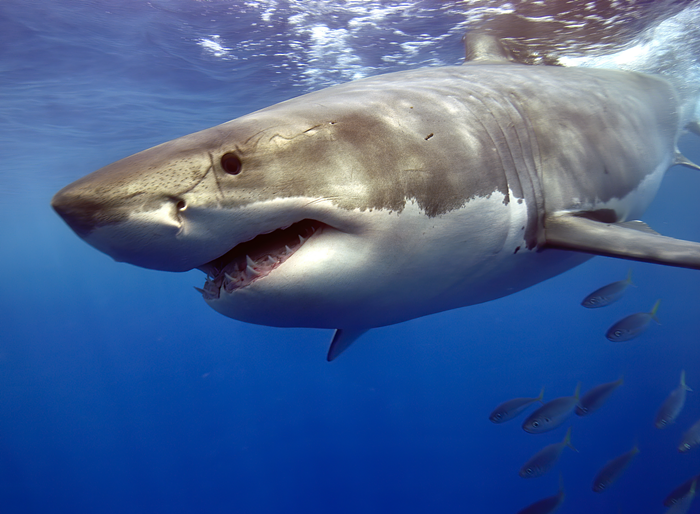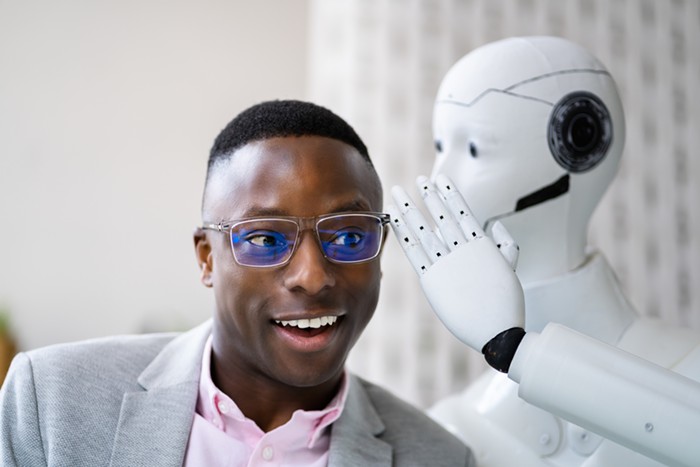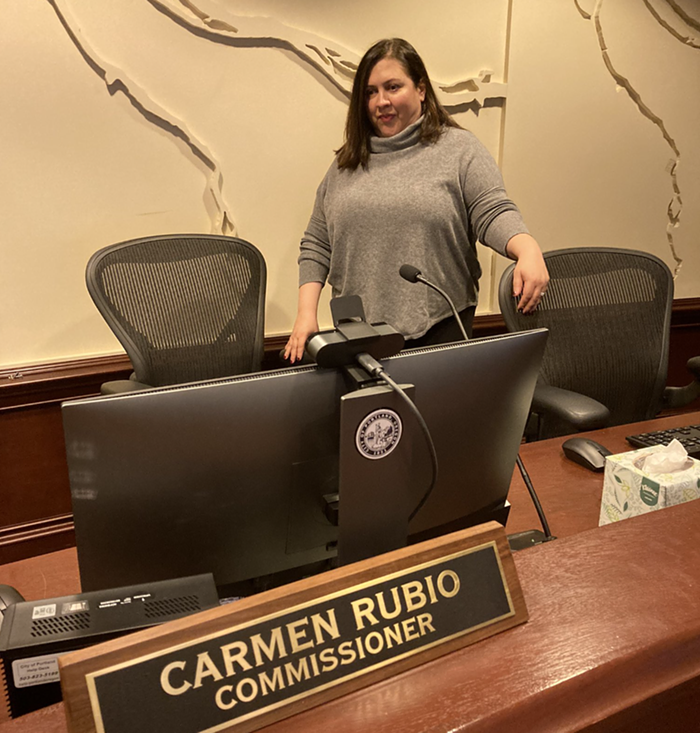My first memories of Madeleine L’Engle’s genre-crossing YA adventure novel A Wrinkle in Time are, for the most part, ones of amused confusion. It’s an engrossing fantasy about a teenage girl, Meg, who—despite her anxieties and faults, and with the help of some friends and three extra-dimensional beings named Mrs. Whatsit, Mrs. Who, and Mrs. Which—embarks on a cross-dimensional adventure to save her missing father from a terrifying monster of darkness and conformity named IT. (Not to be confused with Stephen King’s It—though they ARE both aliens.) Wrinkle was probably the first coming-of-age novel aimed at getting teenage girls interested in astrophysics, and I read it multiple times growing up. Half the time, I never really knew what Meg was talking about, but I liked the creatures, the adventures, and the promise that popular boys could like smart girls. I didn’t understand Einstein’s theory of relativity, but I played along.
Disney’s new blockbuster isn’t the A Wrinkle in Time I read as a child. Director Ava DuVernay (Selma, 13th) has updated the story and placed it squarely in the now: There’s an extended roller coaster-esque flight scene over otherworldly landscapes, a multiracial cast, instructions for self-care, and Oprah. Even Meg’s parents (played by Gugu Mbatha-Raw and Chris Pine) get some necessary tweaks: No longer understated, wry scientists, they now disagree and tear up. Rather than regarding Mrs. Whatsit (Reese Witherspoon) with amicable hospitality, Meg’s mother now demands to know why there’s a strange redhead wearing bedsheets in her living room. As responses go, that’s pretty reasonable; it’s also one of the times when DuVernay’s film sacrifices some of L’Engle’s weird.
Mrs. Which (Oprah Winfrey) is charged with the anxious Meg (Storm Reid), who, like many of Oprah’s followers, just needs a little boost of self-confidence before she’s ready to stand up to a universe-devouring evil.
DuVernay doesn’t cut the weird, though, without adding wonder. Her update to the three Mrs. W’s is particularly spectacular. Rather than the beak-nosed ladies they were in the book, these Mrs. W’s are luminous, ever-changing chameleons in couture gowns. There’s an informal pairing off—one child for each extra-dimensional being—and Mrs. Which (Oprah Winfrey) is predictably charged with the anxious Meg (Storm Reid), who, like many of Oprah’s followers, just needs a little boost of self-confidence before she’s ready to stand up to a universe-devouring evil. As Mrs. Whatsit, the youngest of the three, Witherspoon gets most of the film’s humor, and can be seen doing things like energetically playing with a garden hose in the background. The major update for Mrs. Who (Mindy Kaling) is the inclusion of newer, more contemporary quotes to her repertoire: Alongside Shakespeare and Rumi, she references Lin-Manuel Miranda and Chris Tucker.
The much-discussed Sade song “Flower of the Universe,” which DuVernay requested from the singer, is incorporated into the narrative as well—first as a family song that Meg’s mother sings to her children, and then as one that Meg sings at a pivotal moment. Listening to “Flower of the Universe” throughout Wrinkle didn’t detract from my experience with the film, but the song is clearly difficult for the cast to sing, probably because Sade songs are not meant for mere mortals.
At the end of the day, L’Engle’s A Wrinkle in Time is a book that you read to children to get them used to the idea that science and math can interact with their day-to-day lives. DuVernay’s film also accomplishes this noble pursuit—and while it might not stand the test of time like the book, it will help this generation grow more curious about their world.


















